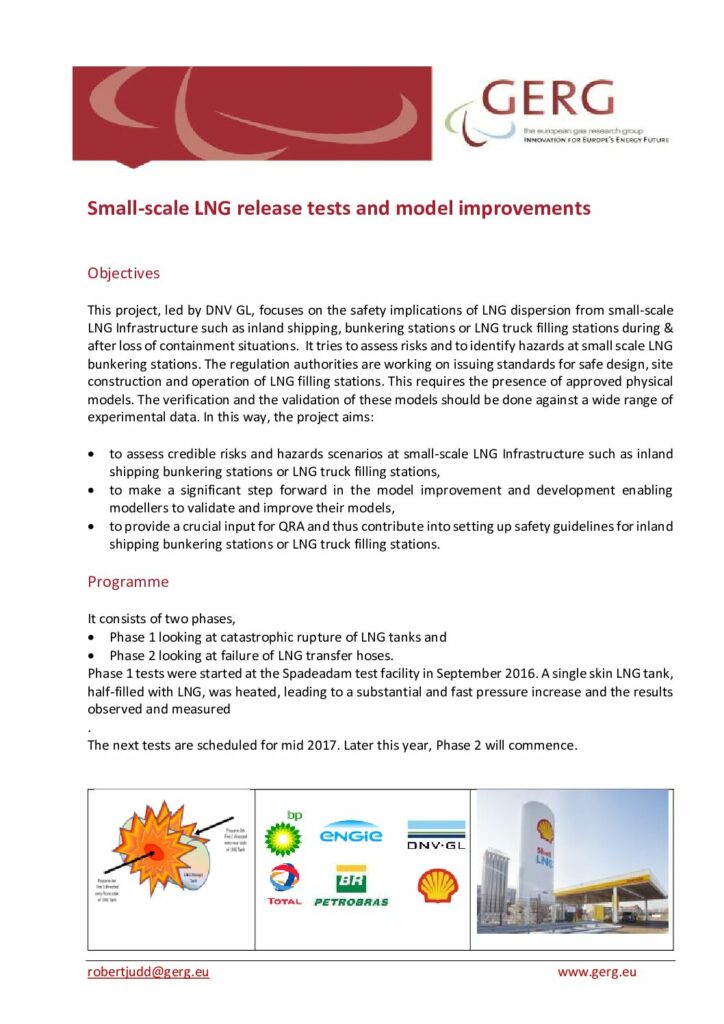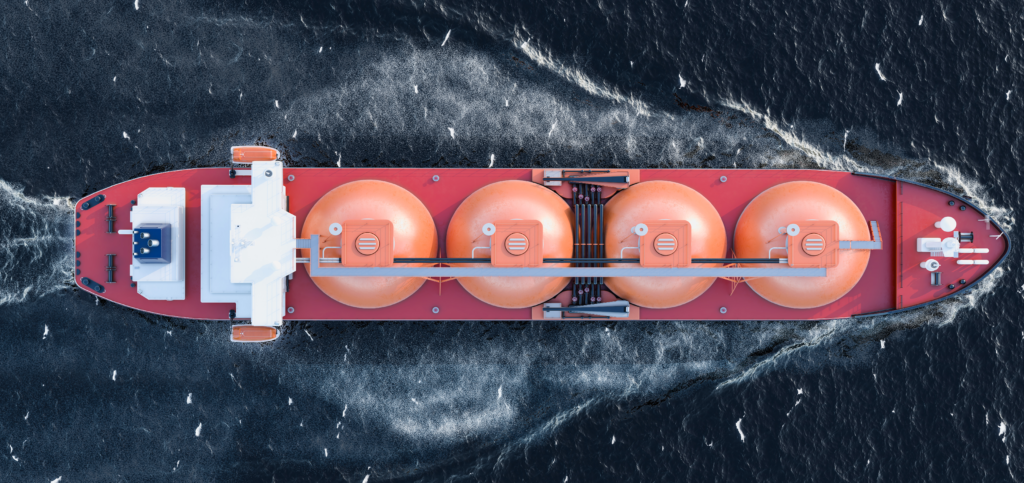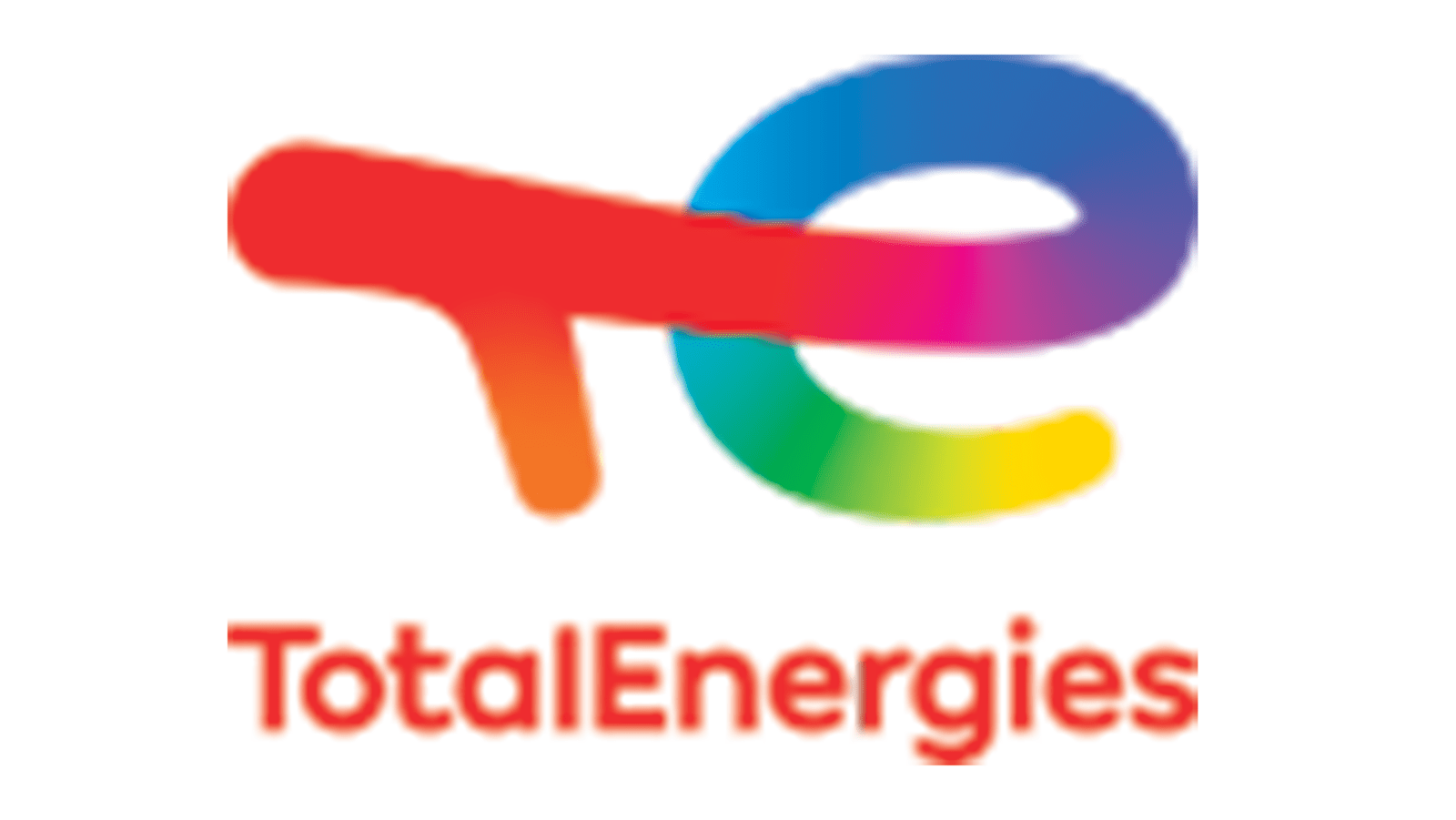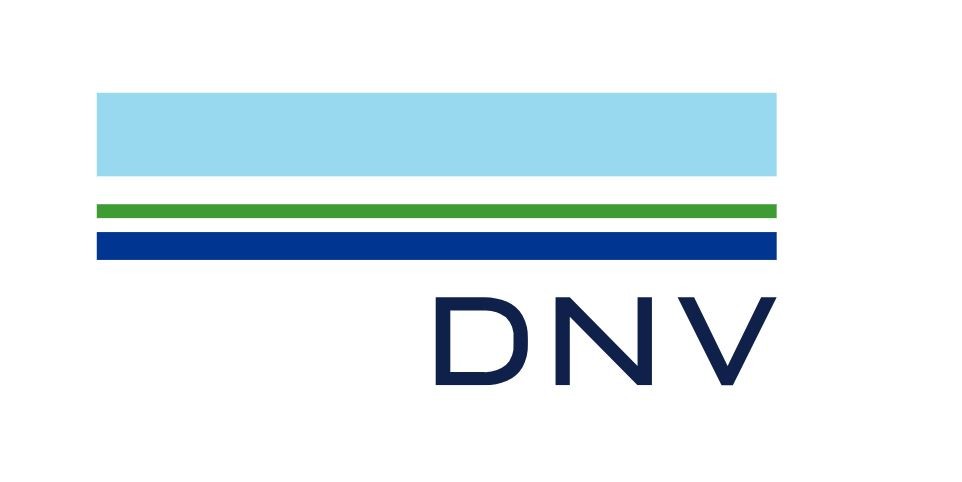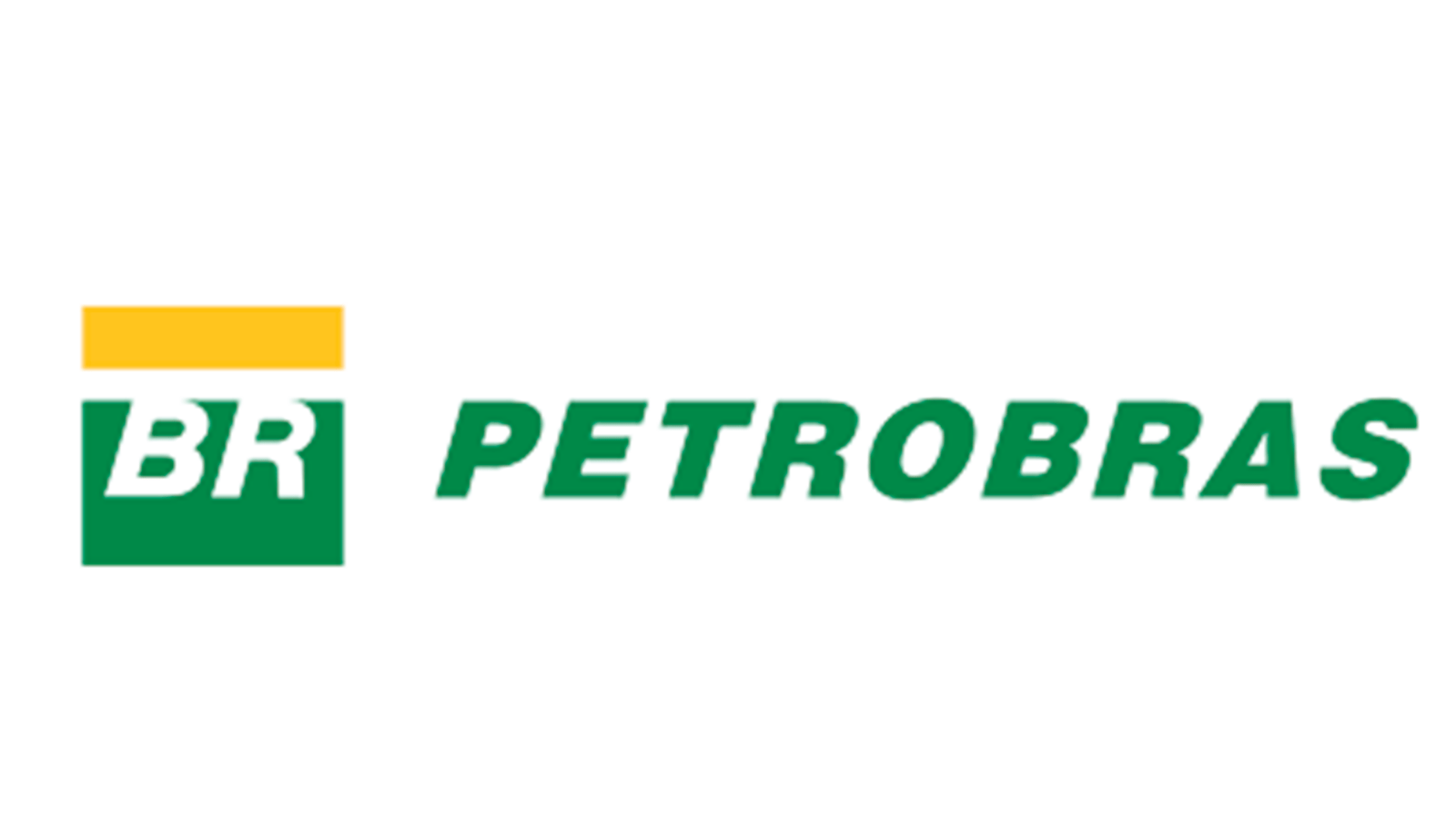The regulation authorities are working on issuing standards for safe design, site construction and operation of LNG filling stations. This requires the presence of approved physical models, whose validation should be done against a wide range of experimental data.
This project, led by Norwegian company DNV GL, focuses on the safety implications of LNG dispersion from small-scale LNG infrastructure (e.g. inland shipping, bunkering stations or LNG truck filling stations). Tests assess risks and identify hazards at small-scale LNG bunkering stations.
Its principal objectives are:
- Assessing credible risks and hazards scenarios at small-scale LNG infrastructure.
- Making a significant step forward in the model improvement and development to enable modellers to validate and improve their models.
- Providing a crucial input for QRA and thus contribute into setting up safety guidelines for inland shipping bunkering stations or LNG filling stations.
The project is divided in two different phases. In the first one, it looks at catastrophic rupture of LNG tanks and in the second phase, it looks at failure of LNG transfer hoses.

